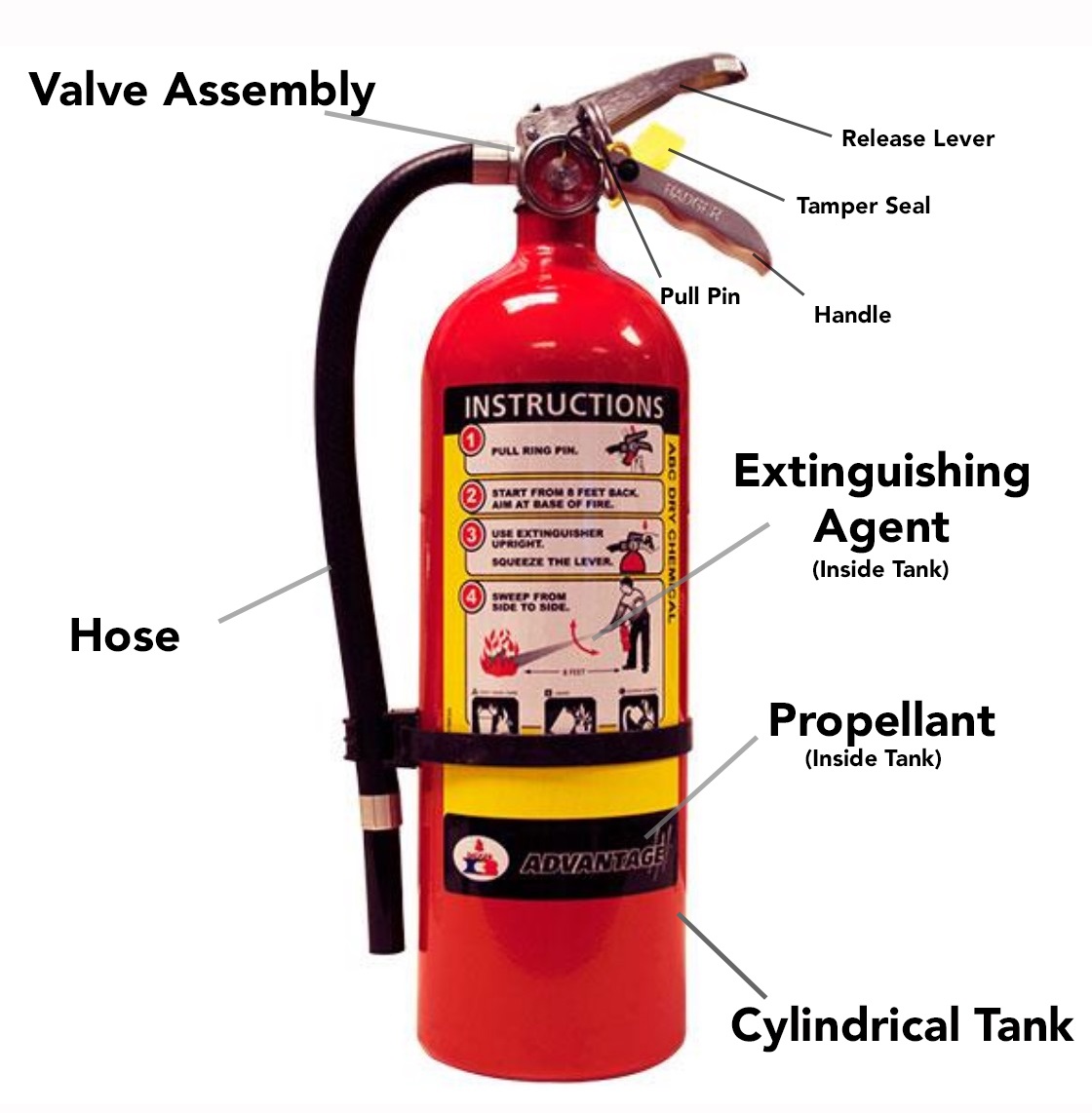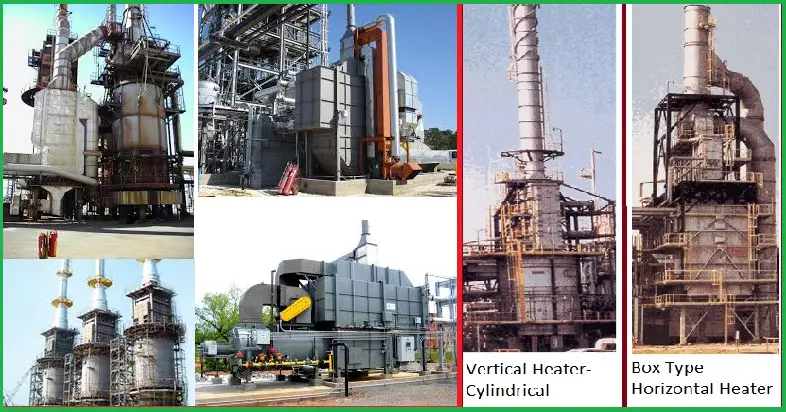A refractory lining is a safety protective layer in industrial furnaces, pipes, or equipment that provides high-temperature resistance and protects the structure from thermal shock, wear and erosion. The refractory lining protects the pipe or equipment material from direct exposure to heat from fire or fluids. They are very important components for boilers, furnaces, and certain pipes. The correct installation of refractory is essential to ensure the safe and efficient operation of furnaces and boilers. In this article, we will learn about the materials, selection, and procedure for the refractory lining. Let’s dive into the subject starting from its definition.
What is a Refractory Lining?
Refractory lining provides a protective layer inside the equipment as a form of insulation for elevated temperature services. The refractory lining withstands high temperatures, thermal shock, wear, and chemical corrosion. In general, the refractory lining for furnaces is made of refractory brick or amorphous refractory. Typical examples of refractory lining are fired heaters, blast furnaces, electric furnaces, boilers, drying equipment, high-temperature differential heat meter, muffle furnaces, etc.
Purpose of Refractory Lining
Refractory lining is widely used in very high-temperature services in order to
- Serve as a thermal barrier between the pipe/equipment wall and hot medium.
- Withstand physical stresses.
- Protect against corrosion and erosion.
- Provide thermal insulation
As a reason refractories are found in various useful applications. They are extensively used in furnaces, kilns, reactors, fired heaters, hydrogen reformers, ammonia primary and secondary reformers, cracking furnaces, utility boilers, catalytic cracking units, air heaters, sulfur furnaces, and various other vessels handling hot mediums such as metal and slag.
Refractory Lining Materials
The common materials that are used as refractory lining materials are:
- Alumina or Aluminum oxide (High Alumina bricks)
- Silicon oxide
- Magnesium oxide
- Calcium oxide
- Fire clays (Clay bricks)
- Zirconia
- Silicon carbide
- Tungsten carbide
- Boron nitride
- Hafnium carbide
- Molybdenum disilicide
- Tantalum hafnium carbide
- Corundum bricks
- Plastic refractory
Refractory lining material consists of refractory aggregate, admixture, powder, binder, water, or other liquid, made of amorphous refractory products or fixed refractory products.
Types of Refractory Lining Materials
Refractories can be classified based on various different parameters in multiple ways as listed below:
- Based on Chemical composition:
- Acidic refractories (Silica refractories, Zirconia refractories, Aluminosilicate refractories);
- Basic refractories (Magnesite refractories, Dolomite refractories, Magnesia-chrome refractories);
- Neutral refractories (Carbon graphite refractories, Alumina refractories, Chromite refractories)
- Method of manufacture: Dry press process, Hand molded, Fused cast, Formed, Unformed.
- Fusion temperature: Normal refractories, High refractories, Super refractories.
- Refractoriness: Super duty, High duty, Intermediate duty, Low duty.
- Thermal conductivity:
- Heat-resistant (temperatures≤ 1100 °C),
- Refractory (temperatures≤ 1400 °C),
- High refractory (temperatures≤ 1700 °C),
- Ultra-high refractory (temperatures ≤ 2000 °C).
Refractory Lining Thickness
Depending on the type of the furnace and the substance of the smelting, the thickness of the refractory lining is usually between 80mm-300mm.
In certain applications, there may be two layers of refractory lining of different materials. For example, the refractory lining of the converter has two layers. The outer layer consists of magnesium refractory of 50-100mm thickness and the inner layer is composed of magnesium brick with 300-500mm thickness.
Selecting Refractory Lining
Selecting a refractory lining is not easy and straightforward. The selection of refractory lining depends on various factors like:
Thermal Requirements: The refractory lining material chosen must meet the maximum operating and design temperatures that they will be subjected to. The material must have high thermal shock resistance, and be strong against thermal fatigue, excessive expansion, etc.
Life Span: During operation, the refractory material is bound to experience mechanical and thermal loads which may cause wear and failure. So, the selected material must be able to absorb dynamic loads, mechanical impacts, severe erosion and corrosion, tensile loads, large hydraulic loads, pinch spalling, etc to increase its lifespan.
Chemical Attack: There could be the possibility of a chemical reaction with the content at high temperatures. So, the refractory material selected should be inert against them.
Installation: The refractory lining material must be easily available and installed. The chosen refractory material must be quickly delivered to the required location during repair or maintenance times.
Cost: Finally, cost or economy governs all decisions. The chosen material must be economic for the range of services.
Refractory Lined Pipes
In petrochemical plants and refineries, while handling very high-temperature fluids the use of internally insulated pipe is desired due to practical and economic reasons. These internally lined/insulated pipes use the refractory material to resist high fluid temperatures and leave the pipe wall at a near-ambient temperature.
The internally refractory lined pipes are used in many instances. For example, some process fluids can simply be too hot for any type of available pipe material without internal protection. Even if the fluid temperature is within the applicable temperature range of the available material, it is very often too expensive to use when the temperature is at the higher end of the applicable range.
Again, some corrosive fluids also call for the use of internal insulation to protect the pipe. Besides the material concern, the other major reason to use internally refractory lines pipe is to reduce the amount of thermal expansion by reducing the pipe wall temperature. Smaller expansion eliminates the requirement of an expansion joint or expansion loop, which may not be easily accommodated due to either process or space limitations.
The use of refractory-lined pipes for very high temperatures can substantially reduce the metal temperature. The lining also resists erosion while at the same time permitting the use of normal carbon steel with a fluid that would otherwise be prohibitively hot for its use.
Stress Analysis of Refractory Lined Pipes
The main concern for using a refractory lined pipe is the simulation of the combined pipe and refractory stiffness. In contrast to external thermal insulation, whose stiffness is usually ignored, the stiffness of internal refractory can not be ignored during stress analysis of refractory-lined pipes.
The normal practice followed among organization for stress analysis of refractory lined pipes are to use an equivalent modulus of elasticity with the actual pipe wall thickness. This method avoids underestimating the stress due to the increase in section modulus by the increase in wall thickness.
The weight of the system is calculated based on the actual pipe material weight, fluid weight, and refractory weight. The stress analysis is performed based on the actual pipe cross-section and geometry, which is applied with the total weight and an equivalent modulus of elasticity.
The equivalent modulus of elasticity calculation assumes that the refractory material, just like the pipe material, has similar tensile and compressive properties. Even though this assumption is not correct because refractory material is stronger in compression than in tension. However, the analysis of piping generally deals with three-dimensional systems. It is impossible to foresee which part of the piping system will have tensile stress and which part will have compressive stress. The equal tensile and compressive characteristics assumption appears to be the only one that is practical.
References and Further Studies: Pipe Stress Analysis by L C Peng









hi kumar thanks for sharing information i have learn piping stress course .
I found your writing contain important information I want about refectory materials. Thank you Sir
I have read through the refractory lining is very rich thanks for your education, and thanking you for what I have learnt concerning refractory thanks!!!
Top Blog about Refractory Industry It will Definitely Going to Help a Top Refractory Companies in the World.
In this write up on Refractories some areas of Refractory Practices say for Non Recovery Coke Ovens is missing.